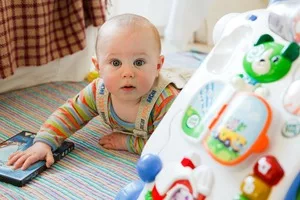
The world is rushing head-long into ever greater dependence on dangerous man-made chemicals. We now accept these chemicals are a part of our everyday lives, at home, at work, in schools, etc. But, rather than just accept this as an unavoidable reality, we must pause for a moment to consider this chilling thought: these chemicals are frequently more dangerous (often far more dangerous) to children than to adults. Scientists now know that chemical exposures that would not harm adults can in fact cause great, even life-threatening, impact to children. Here’s why:
(1) Children eat far more and drink far more, than adults do for their body weight. As a result, if there is a dangerous chemical in their food or water, children are disproportionately exposed to the chemical’s harmful effects.
(2) Children’s metabolism pathways are immature. Their young bodies lack the enzymes necessary to break down and remove toxic chemicals. So, the toxins stay in their bodies longer.
(3) Children’s developmental processes are easily disrupted. Scientists refer to especially sensitive periods of development in a child’s life–during a baby’s brain development, for example–as “windows of vulnerability”. If even a very small concentration of a toxic chemical–one that would have no impact whatsoever on an adult–intrudes during one of these “windows”, the life-long damage can be extreme.
(4) Children have more time to develop illnesses. Many of the worst diseases threatened by chemical exposure take many years, even decades, to develop in the human body. Therefore, the earlier the exposure to the disease-causing chemical, the greater the time the chemical has to cause injury.
Don’t think of your child as having the same tolerance for toxic chemicals as you do. She does not. Learn what harmful chemicals are in your child’s world, and do everything you can to minimize–or better yet, eliminate altogether–her exposure to them.
http://content.healthaffairs.org/content/30/5/842.full

"*" indicates required fields